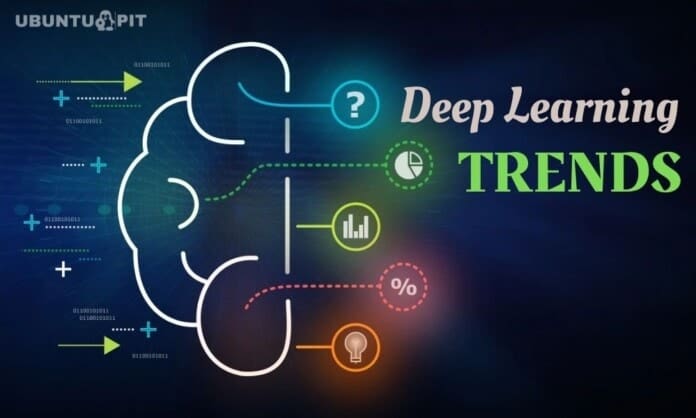Technology has gifted us with many tools and devices. Artificial Intelligence is technology’s most modern invention. AI has many sides. The side which deals with computer vision is Deep Learning. Every machine today having a camera must have a Deep Learning implementation. For example, face detection locks of smartphones. Besides, Deep Learning algorithms can handle a lot of data at a time. Its high-end attributes inspire engineers and researchers to apply its different aspects. In the past decade, the use of DL has increased a lot and given rise to many deep learning trends.
Top Deep Learning Trends
The advancements of Deep Learning have affected several technical sides. The last decade has created a lot of DL trends. These trends have made our life easier and more convenient. To keep up with the rising age of AI, we need to know the Deep Learning trends already established and on the rise. So, today we will be listing the top ten Deep Learning trends of the decade.
01. Computer Vision
Many consider Deep Learning as a synonym of computer vision. DL has a massive amount of applications in computer vision. There was a time when computational power was limited. So, engineers had to use traditional image processing techniques. However, those techniques were not fast and effective enough.
With the emergence of DL techniques, computer vision has reached another level. It bypasses practically all standard image processing, resulting in significant advances across every computer vision challenge.
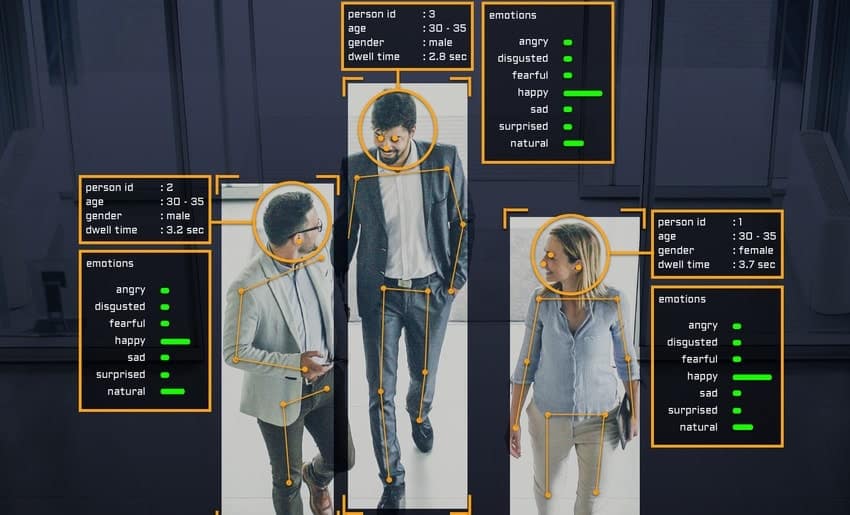
An excellent example of this Deep Learning trend is ImageNet. It is an open-source dataset of images. Each of the images is labeled and put into different classes. With approximately ten million images, ImageNet is simply one of the greatest datasets available for free. In addition, ImageNet organizes a competition every year. The competition assesses the classification accuracy of various models of this field.
These are actual pictures, with many of them displaying multiple objects. Each prediction unit has five possibilities from the set of a thousand possible clusters. The model considers the image successfully categorized if any of the possibilities is correct. The final result is the average of the correctly predicted images, also called the classification error rate.
02. Speech Recognition
There are numerous major categories of issues in speech recognition. The most commonly studied is speech to letters, which involves converting spoken words into a document on display. The challenge may appear simple at first look, as it appears that all that is required is to transform each sound into a respective letter. Moreover, this trend has given rise to numerous smartphone AI bots like Siri on iOS and Google Assistant on Android.
While development in voice recognition has been slow over many decades, deep learning has transformed this subject in the same manner that it has transformed others in recent times. Conventional speech recognition depended on time-consuming feature extraction methods that we’re inherently constrained.
However, Deep learning may operate on original data effectively and train models on massive datasets of audio recordings. The accuracy of DL models is generally greater than traditional models by 20-30%.
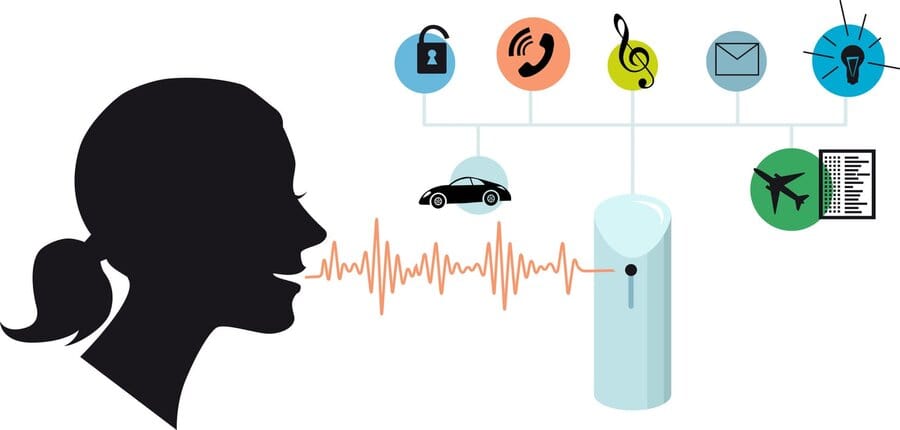
Nowadays, the majority of the smart assistants use Deep Learning techniques, and their comprehension level in suggestion duties is continually improving. In the most recent assessments, Google Assistant, which is almost solely focused on deep learning, came out on top, accompanied by Amazon’s Alexa, Microsoft’s Cortana, and Apple’s Siri (Siri).
Text to voice is another successful subset of speech recognition. Google DeepMind has announced WaveNet, a new way for retraining Deep Learning models straight on the pure sound to create their unique raw audio. The performance is very astonishing and very close to human.
03. Self-Driving Cars
The self-driving car is a top-notch Deep Learning trend. Among the few things that are going to dominate the future are self-driving vehicles. The technology uses datasets with millions of data which allows the model to be as accurate as possible. Nonetheless, these types of cars need the highest accuracy to produce a self-driving environment, and many companies are working on that.
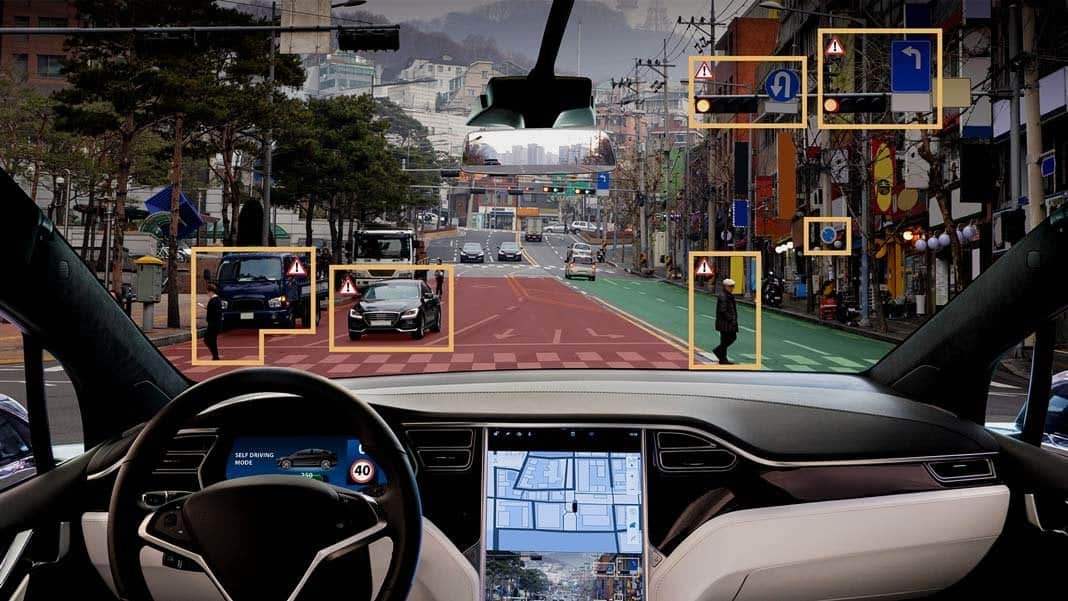
The Uber AI Laboratory is focusing on creating driverless vehicles as well as incorporating various advanced features like food delivery without any driver. The treatment of unforeseen events is a crucial issue for autonomous vehicle manufacturers. Deep learning algorithms use a long cycle of system development to ensure safe driving as they go through millions of cases.
Data from sensors, geo-mapping, and cameras is assisting in the development of concise and complex models for navigating through traffic, identifying routes, road signs, crosswalk routes, and real-time traffic congestion and roadway obstructions.
As per Forbes, MIT is working on a state-of-the-art technology that will enable self-driving automobiles to maneuver without using a map, as 3-D modeling is still confined to high-traffic regions and is ineffective in preventing collisions.
The cause anyone hasn’t used this type of “map-less” technique before is that it’s far more challenging to get the same rate of precision and consistency without interactive plans. The vehicles have sensors that map their surroundings in real-time. Deep Learning techniques do all the mapping work, making it a major Deep Learning trend.
04. Fraud Detection
The financial services industry, which is afflicted with the burden of detecting fraud as financial transactions grow electronic, is another sector that benefits from Deep Learning. The most talked-about topic these days is fraud detection in online buying platforms.
To avoid fraud actions that vary enormously, fraud researchers, financial systems, and digital payment platforms such as PayPal should have an accurate and complicated fraud detection system.
Researchers are creating autoencoders using Tensorflow to identify credit card theft, saving big banks billions of dollars. Fraud management and identification are based on spotting patterns in consumer money transfer and credit histories and seeing anomalies and aberrations. Machine Learning algorithms like regression and classification and DL neural network models detect fake credit cards.
Traditional ML techniques can work well in this Deep Learning trend, but they require many human interventions. Data scientists are trying to apply more DL algorithms here to minimize human incorporations. They are trying to automate the whole process with maximum precision. This is really a significant trend.
An effective fraud detection system is supposed to identify fraudulent transactions and recognize them in real-time transactions reliably. DL techniques can do these tasks quite effectively, saving billions of dollars.
05. Language Processing and Text Analysis
Many companies have effectively applied Deep Learning techniques to a variety of text analysis and understanding challenges in recent years. Document categorization, sentiment classification, machine translation, and other similar methods fall into this category, and the results are frequently dramatic.
Due to the complementary flow of textual input, recurrent neural networks are particularly useful. Deep learning’s capacity to construct a language model from pure text input has been among the most significant advances in this domain.
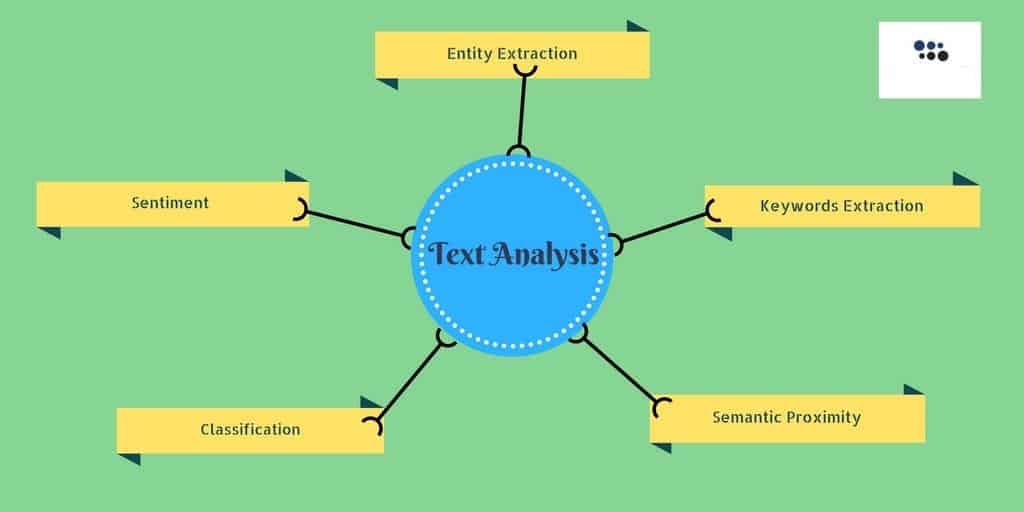
Assume you have a significant volume of information in a specific language — let’s assume it’s a million tons dataset. You may train a neural network that takes in a letter and attempts to anticipate the following character.
It begins by guessing random characters, but it progressively learns the language’s lexicon. Then it analyzes grammar, environment, and other crucial qualities to increase its predictive performance. It is working on improving its language model.
One can even combine these language-based models with computer vision models, which was almost once. Image descriptions, for instance, can be created using a deep learning network. Recognizing what’s going on in the visual and using language to explain it is extremely near to what humans are capable of. DL can also produce new images based on image description. This is really quite a futuristic trend.
06. Object Classification
Convolutional Neural Networks are an essential part of Deep Learning. Data scientists use this network highly in object classification. However, DL has taken object detection and classification to another level. Apart from basic object recognition, computer vision offers a plethora of exciting issues, with object recognition being one of the most intriguing.
Its most usually connected with self-driving cars, where systems use LIDAR, computer vision, and other tools to create a multidimensional picture of the route that includes all of its users.
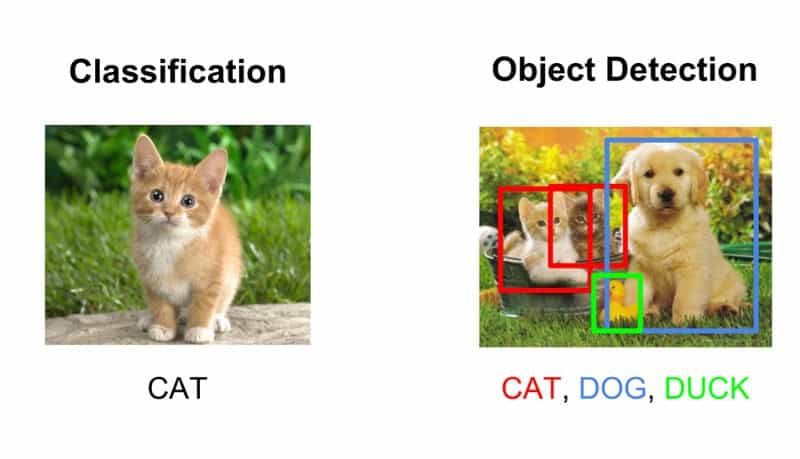
Furthermore, many organizations use object classification in video monitoring, particularly in crowd surveillance, to avoid acts of terrorism, counting individuals for statistical inferences, and analyzing customer experiences with shopping center walking patterns. The process is quite simple. However, it needs a lot of data and computing power.
Suppose one wants to detect cats from images. To do it, he has to take a lot of pictures of different animals. The ones with the cat will have positive labeling, and those without a cat will have negative labeling. Then he has to take a definite Deep Learning algorithm and train it with the image data.
After that, he will measure the accuracy. If the precision is less, he will have to clean the data or use more data and train again. Finally, he will continue the process until the accuracy is above a satisfactory level. Thus the DL model can easily classify cats. This Deep Learning trend is quite famous for beginners.
07. News Aggregation and Fake News Detection
With Deep Learning’s rapid growth, a considerable series of research is being done to resolve issues that were never addressed in the domain of computer engineering. One such issue is the identification of fake news.
With the advancements of media, we can now get any news from any corner of the world within seconds. But, unfortunately, side-by-side reputed media organizations, a lot of smaller news agencies provide news that is not trustworthy.
It is very tricky to filter news and detect fake news manually from millions of news every hour around the world. That’s where Deep Learning techniques come in. Engineers have now automated the whole process using CNN and RNN.
To get the most outstanding results, a study in the domain of news confirmation and countering misleading info on the web entails a variety of actions. Therefore, researchers are working every day to develop this rising trend.
There is now a technique to remove all of the hostile and offensive items from your news stream. In addition, deep learning is being used extensively in news aggregation, assisting initiatives to personalize news for individual readers.
While this may not appear to be anything new, increasing degrees of complexity are being met to build reader personas to filter out content based on geographical, social, and economic characteristics and a reader’s personal preferences.
08. Combination of IoT and Deep Learning
In general, industrial IoT procedures aren’t as productive as they could be. This opens the door for deep learning algorithms to be used to IoT data to aid businesses in enhancing productivity and decrease maintenance through approaches like predictive maintenance and defect identification.
Overall, including DL in a production process can only improve productivity while also reducing IoT security risks. Thus, many institutions and companies are trying to implement DL in IoT, making it a rising Deep Learning Trend.
Companies are embracing the possibilities of DL, according to modern IoT patterns. Rolls Royce teamed up with Azure IoT Services to make use of IoT tools and the cloud. The company did not overlook the value of predictive maintenance and thus is using IoT sensors to monitor the condition of their aircraft engines to maximize uptime.
Hershey is yet another corporation that has hopped on the IoT-DL trend. Only a 1% weight difference might be costly at Hershey’s manufacturing facilities. Hershey was able to dramatically minimize the unpredictability of their weight ratio using the Microsoft Azure machine learning system, resulting in massive cost savings.
Through approaches like reinforcement learning, a DL network learns how to achieve desired outputs in this form of learning. Then, similar to the vast DL structure, a well-trained tiny DL network provides equivalent outcomes. Thus, model condensation is the goal of knowledge distillation. This smaller DL network is convenient for managing devices with limited processing capacities, such as IoT sensors and other portable devices.
09. Hybrid Models
Since their inception, symbolic AI and deep learning (DL) have enjoyed unequaled prominence in AI. A top-down technique to AI is Symbolic AI. Using the enhanced critical system concept, it intended to imbue robots with intellect by adopting high-level visual illustration issues. Hybrid models try to merge the benefits of symbolic AI and deep learning.
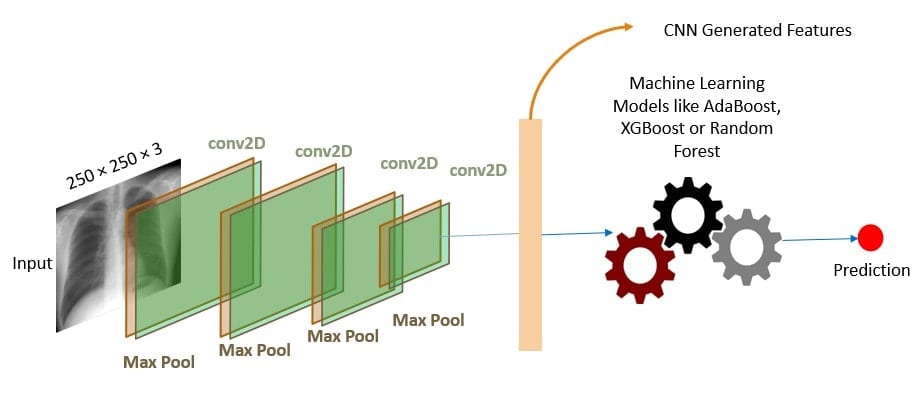
Many forms of deep learning networks, such as GANs and DRLs, have demonstrated remarkable concordance regarding their accomplishment and broad use with many sorts of data. On the other hand, deep learning algorithms do not model ambiguity in the same manner that Bayesian or probabilistic techniques do. Hybrid learning models merge the best types of learning to maximize the benefits of each.
Hybrid Learning Models enable deep learning with ambiguity to apply to a broader range of business situations. This could help us improve prediction accuracy and interpretability, which could lead to more broad adoption.
As a mixture of statistical programming languages begins to embrace deep learning, we expect to see more deep learning algorithms obtain Bayesian equivalents. Thus the hybrid models that combine AI and DL provide much higher accuracy.
10. Detecting Developmental Delay in Children
Children with speech issues, autism, and growth issues can negatively impact their quality of existence. Disabled children’s mental, social, and emotional health can all benefit from early detection and treatment. As a result, one of the finest Deep Learning trends is in the early diagnosis and directional change of various newborn and child-related disorders.
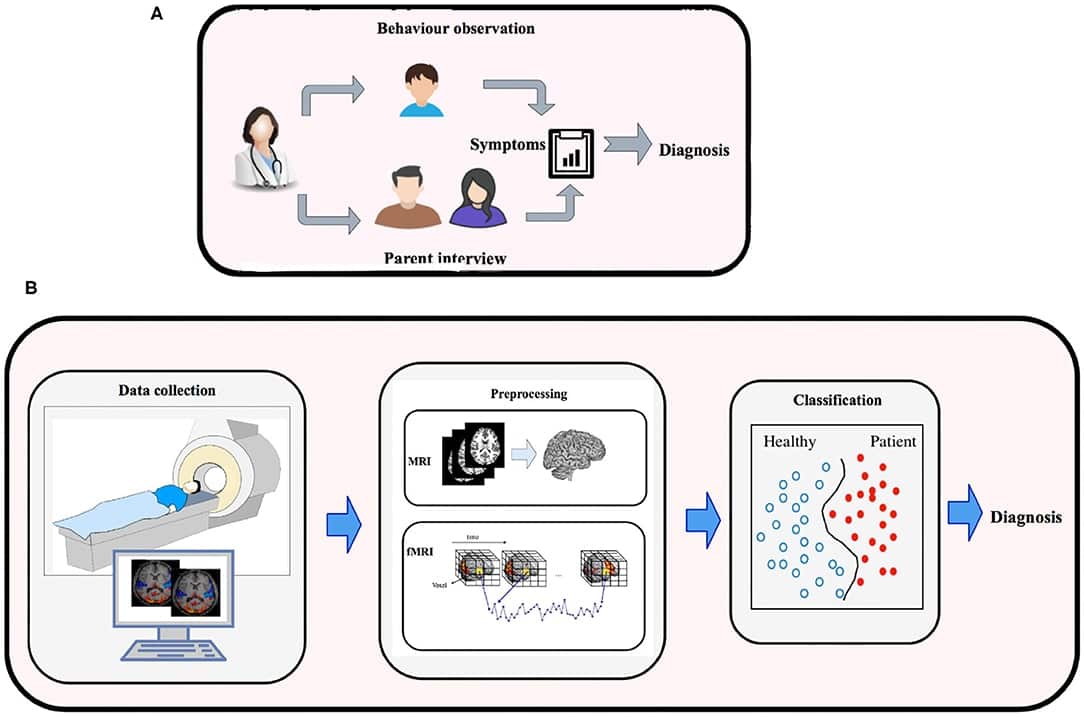
This is a significant distinction between ML and DL, where machine learning is frequently employed for specialized tasks while DL assists in the resolution of humanity’s most pressing issues. For example, researchers from MIT’s CSAIL and Institute of Health Professions of Massachusetts General Hospital have created a computer model that can detect language and communication impairments even before preschool, when most of these instances often emerge.
The researchers assessed the system’s effectiveness using a conventional metric known as the area under the curve, representing the balance between meticulously recognizing members of a group who have a specific illness against not identifying them at all.
To reduce false positives, they apply residual analysis, which uncovers the relationship between age, sexuality, and phonetic aspects of their speech. The process is still in research. However, the success of the model will help several autistic children.
Finally, Insights
It’s simple to declare that AI is the way of the future and that every business will be affected. However, the reality is more complex. Artificial intelligence is the most crucial development in today’s world, affecting everything. Yet, it’s a quiet revolution fueled by a slew of Deep Learning trends that are driving the most significant shifts in business and society.
To be a part of this revolution, one needs to know how DL and AI work. AI is going to take a lot of jobs. Thus one should make preparations for that. One needs to be acquainted with the latest Dl trends. And it is the main objective of this article to let you know about the top ten DL trends of the decade. In case you think we have missed any significant points, let us know in the comment section.
